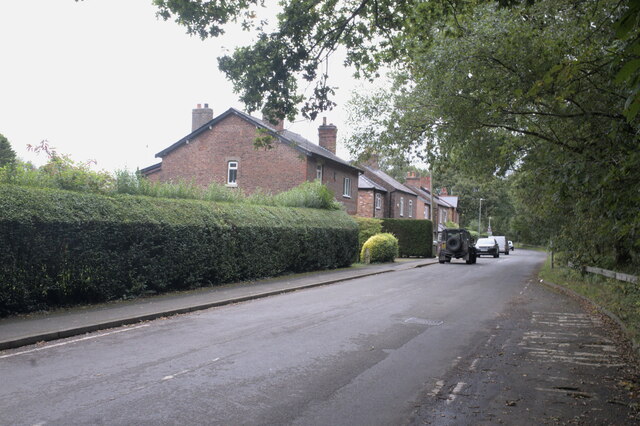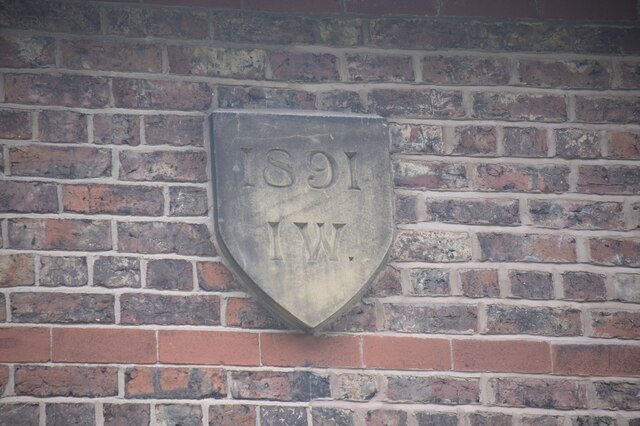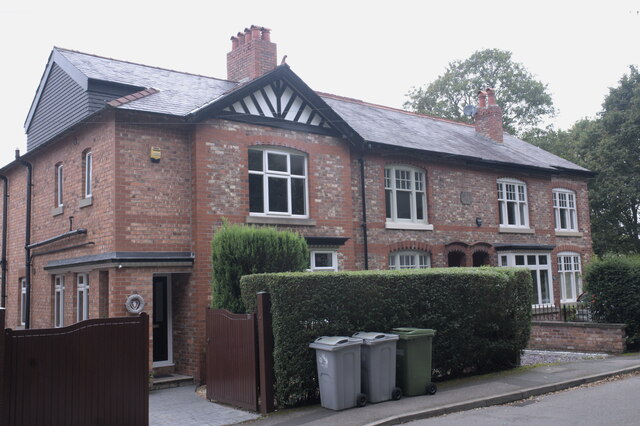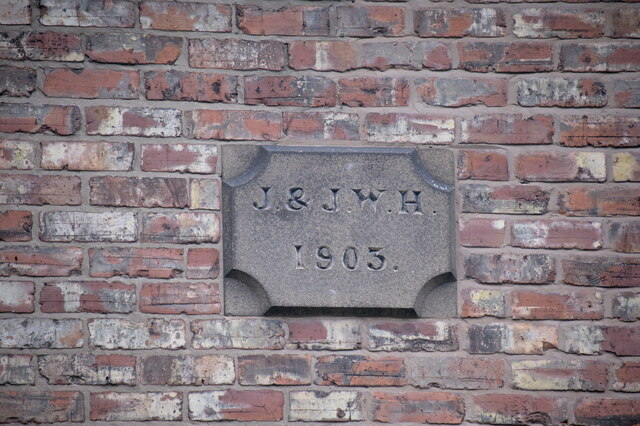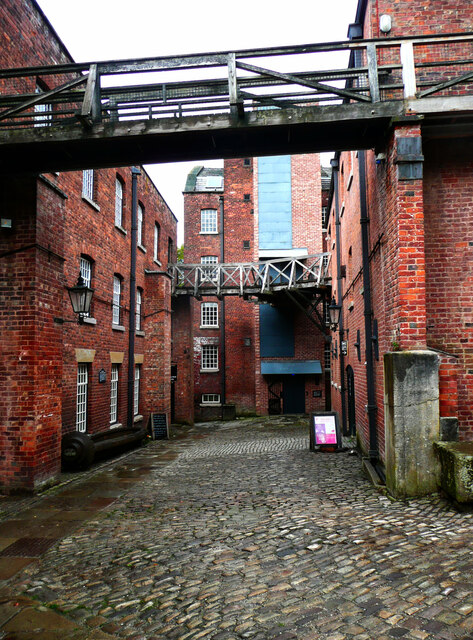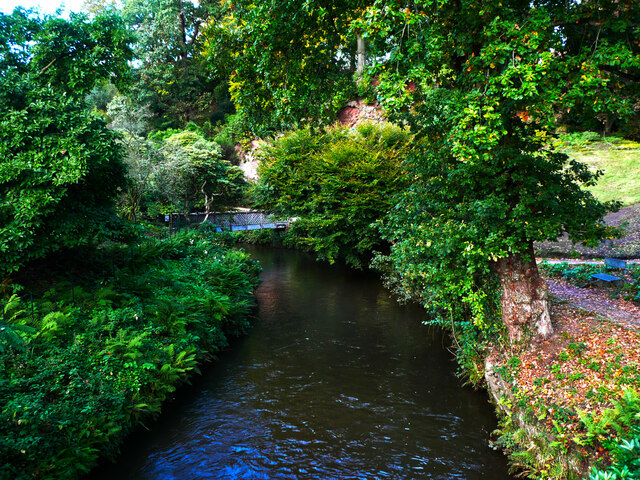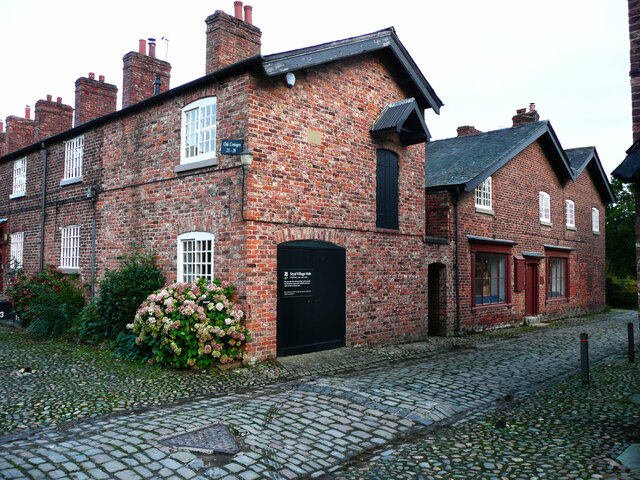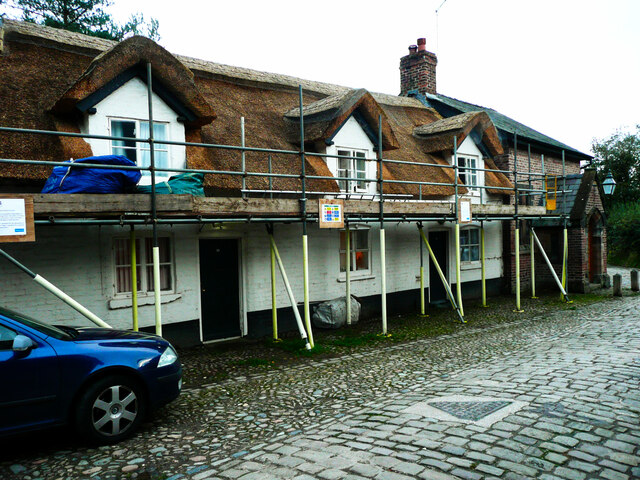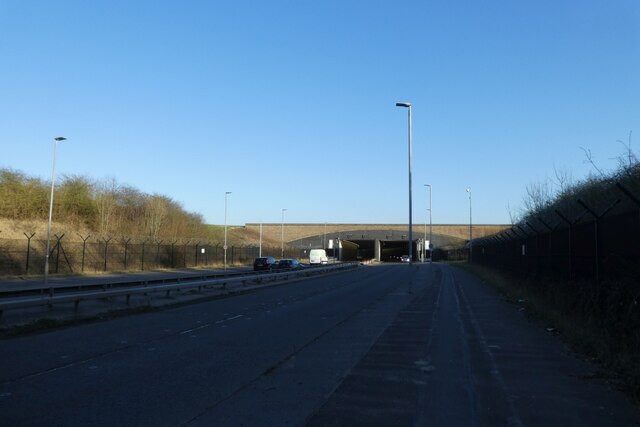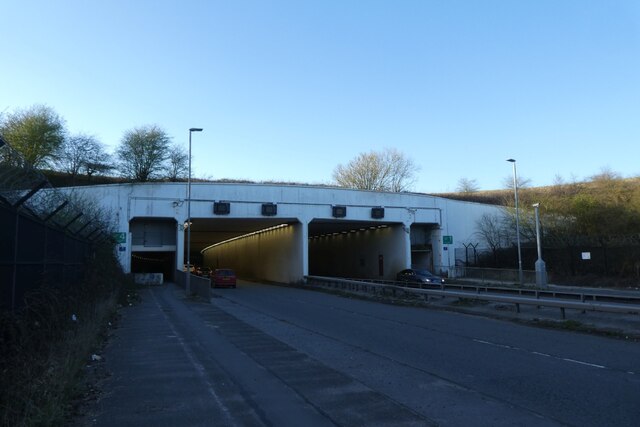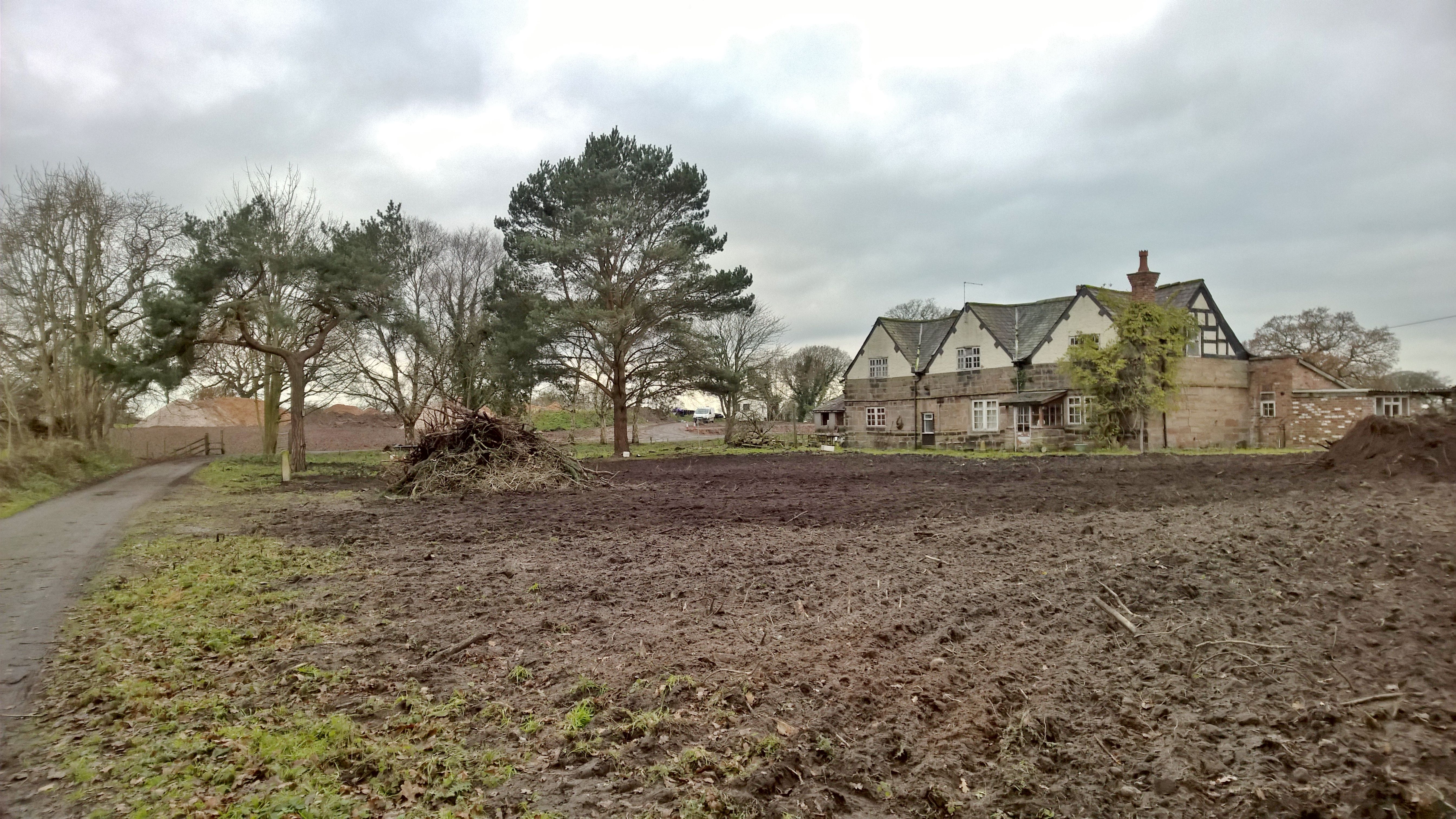Morley Green
Settlement in Cheshire
England
Morley Green
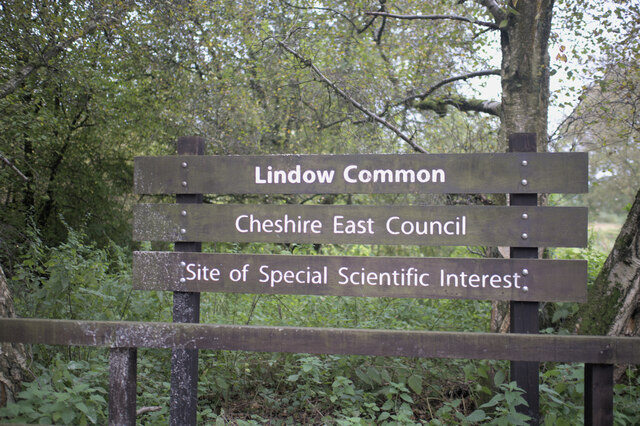
Morley Green is a small village located in the county of Cheshire, England. Situated approximately 12 miles south of Manchester, it falls within the civil parish of Wilmslow. The village is surrounded by picturesque countryside, offering a peaceful and idyllic setting for residents and visitors alike.
Morley Green is known for its quaint and charming atmosphere, with a close-knit community that takes pride in maintaining the village's rural character. The architecture in the area predominantly consists of traditional brick and timber-framed buildings, adding to the village's charm.
Despite its small size, Morley Green boasts several amenities to cater to the needs of its residents. These include a local pub, a primary school, and a village hall that serves as a social hub for various community events and activities.
The village is also conveniently located near larger towns and cities, with excellent transportation links. The nearby town of Wilmslow offers a wider range of amenities, including shopping centers, restaurants, and leisure facilities.
Morley Green benefits from its proximity to the Peak District National Park, offering residents and visitors the opportunity to explore the stunning natural beauty of the area. Outdoor activities such as hiking, cycling, and horse riding are popular among locals.
Overall, Morley Green is a charming village that offers a peaceful and picturesque setting, with a strong sense of community and easy access to both urban amenities and natural attractions.
If you have any feedback on the listing, please let us know in the comments section below.
Morley Green Images
Images are sourced within 2km of 53.33586/-2.265326 or Grid Reference SJ8282. Thanks to Geograph Open Source API. All images are credited.

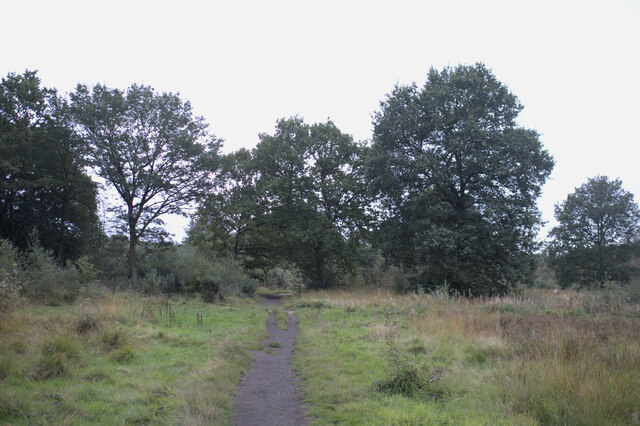
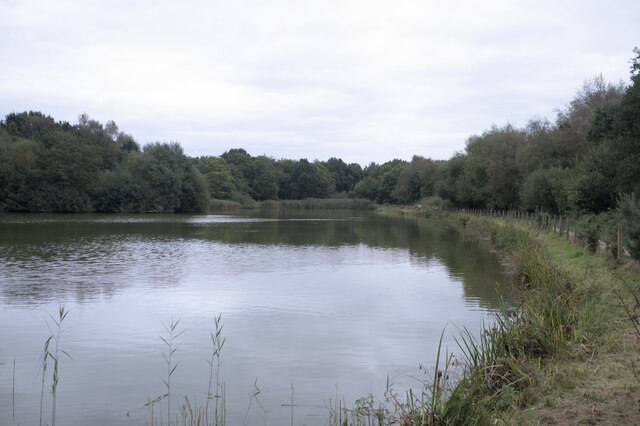
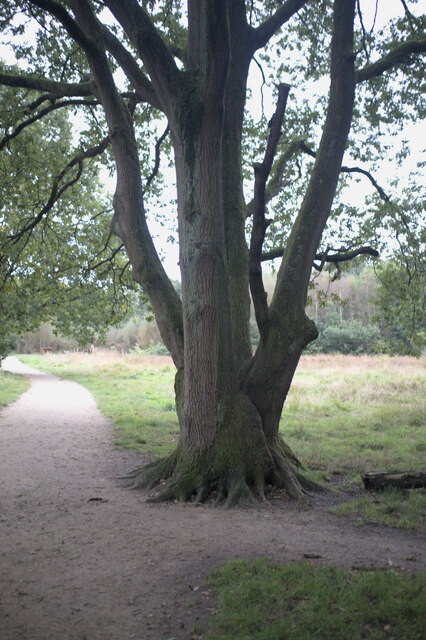
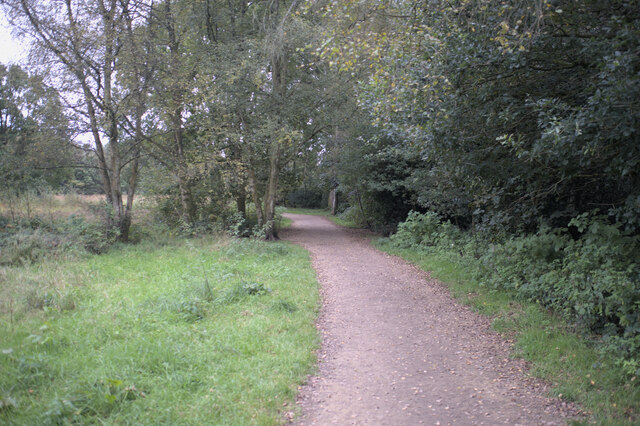
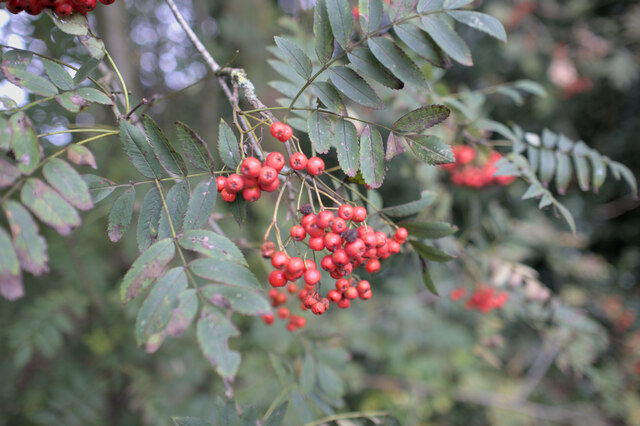
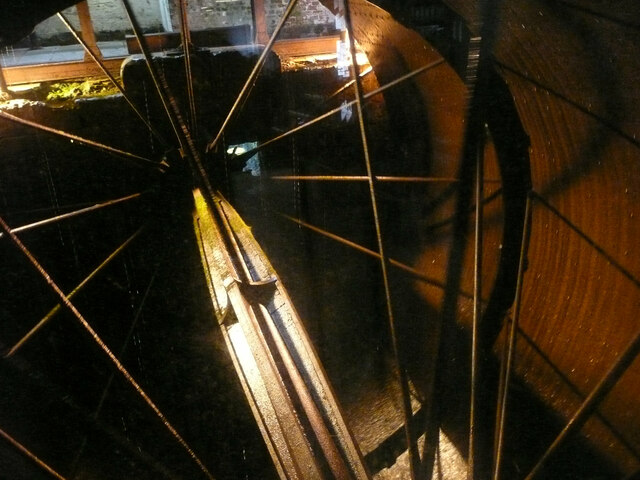
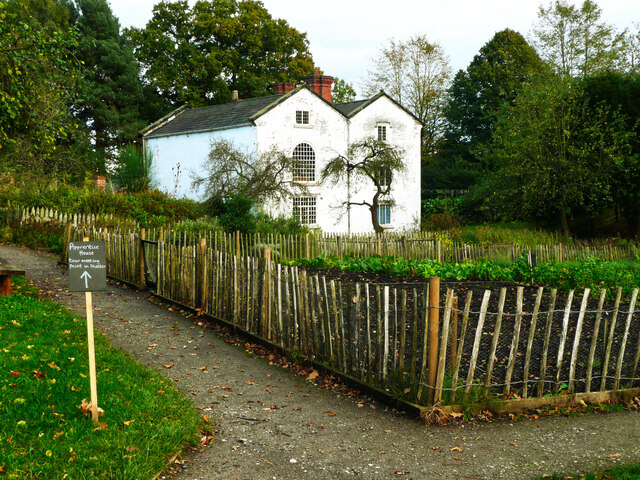
Morley Green is located at Grid Ref: SJ8282 (Lat: 53.33586, Lng: -2.265326)
Unitary Authority: Cheshire East
Police Authority: Cheshire
What 3 Words
///dialect.unrated.foot. Near Ringway, Manchester
Nearby Locations
Related Wikis
Morley, Cheshire
Morley and Morley Green are neighbouring hamlets in Wilmslow, Cheshire, England. They are situated approximately 2 miles (3.2 km) north west of Wilmslow...
Oversleyford
There are places called Oversley elsewhere in England.Oversley and Oversleyford (sometimes Oversley Ford) is a name used for some places in an area near...
Saltersley Hall
Saltersley Hall is a country house about 2 miles (3.2 km) west of Wilmslow, Cheshire, England, in the civil parish of Mobberley. The authors of the Buildings...
Pownall Hall
Pownall Hall is a former country house in Wilmslow, Cheshire, England. It was remodelled in 1830 as "a red sandstone Georgian house dressed up in the...
Nearby Amenities
Located within 500m of 53.33586,-2.265326Have you been to Morley Green?
Leave your review of Morley Green below (or comments, questions and feedback).
